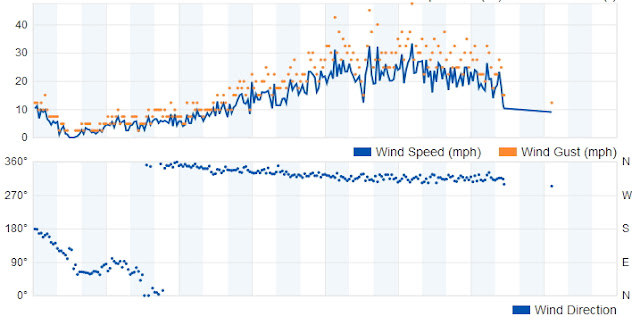I have had my 2017 Volt since October 2016 and I just checked my mileage history thanks to VoltStats! (no longer active). Here's a lifetime chart of electric vs gas driving:
As you can see I have driven over 36000 miles total and only about 5300 miles using gas at about 42MPG. I drive mostly locally and at low speeds on my rural Maine roads so I stay within the nominal 55 mile electric range 85% of the time. The 4 cylinder "range extender" gas engine kicks in to power a 50kW generator when the battery gets low and this provides the power to keep the electric drive train going and maintain a minimum battery level.
Since I charge my Volt from my solar panels, it costs almost nothing to drive. I think I bought about 30 gallons of gas last year - seriously.
GM have sold over 200,000 of these amazing vehicles, but stopped producing them in March 2020 sadly. I'm keeping mine indefinitely because it's an amazing vehicle that fits my needs perfectly. I have heard that some owners already have over 100K miles on theirs with no loss of range and minimal maintenance costs like replacing tires.
They turn up used as off-lease vehicles for a very reasonable $15-17K so that are still a bargain considering the very low operating costs.
I love showing off how FAST this car is, in sport mode it launches like a rocket and burns rubber like a Camaro. But practically it's nice to have passing power on Maine's 2-lane blacktops.
I also like the roomy hatchback where I can haul all kinds of tools and equipment like my metal detecting stuff (www.guydigsitup.com). I can fit 8ft. lumber INSIDE the car with the rear seats down!
By the time I need a new vehicle, I hope that most of the ones being sold will be fully electric. We have to stop the runaway train of the climate crisis before it's too late! I'm doing my part - how about you?














































